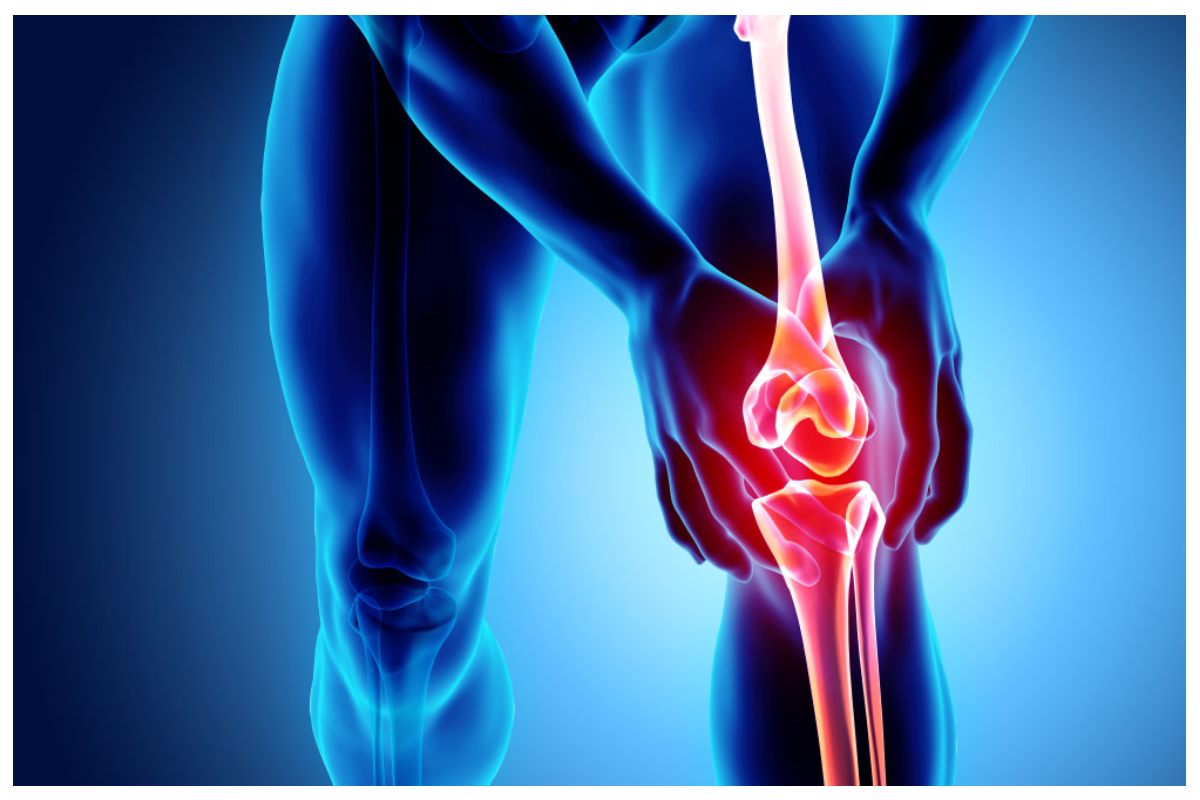Osteoarthritis is caused by the breakdown of cartilage inside your joints. It’s also referred to as “wear and tear” arthritis. While osteoarthritis is not as debilitating as rheumatoid arthritis, it does hurt. However, those with osteoarthritis can do something to return flexibility to stiff joints.
Table of Contents
Exercise Within Limits
According to Joint Academy, the primary osteoarthritis first line treatment is gentle exercise. Moving your body while reducing the pressure on your joints can loosen things up and lower your pain level.
As possible, avoid hard hits to your joints. If you once jogged, try a bicycle. If you like to walk, start by walking in a pool to get your feet, ankles, knees and hips moving without the full pressure of your body weight.
Another option is to do the exercises you have done in the past but start out very gently. Take your daily walk, but keep your stride short in the beginning until things loosen up, then stretch out.
Dietary Changes
Taking off some excess weight can lower your pain level as well. Strive to replace inflammatory foods, such as
- processed sugars
- white flour
- preservatives
- saturated fats
with a diet high in fruits, vegetables and lean meats. Eating closer to the ground can do a lot to lower your inflammation level, which can make exercise much more comfortable and help you shed pounds.
Increased Hydration
To keep your body functioning effectively and help you meet your weight loss goals, make sure you always have water available. Get a couple of insulated water bottles and get in the habit of washing and filling them before bed. The first thing you see when you open your refrigerator can be the best thing for your body.
Medications and Other Forms of Pain Management
Many sufferers find that they can manage a bad bout of osteoarthritis pain with an over the counter painkiller. Because these can be hard on your stomach and may interact with other drugs, discuss your options with your physician.
You can also reduce osteoarthritis pain with hot and cold therapy. Wash dishes by hand, working your fingers in the hot water. Then moisturize your skin while you massage your hands and hold a frozen bottle of water curled in your fingers for ten minutes. Your pain level over the next 24 hours may well be lower.
Many people find that a glucosamine supplement helps them to feel better. If it does, take it. If not, don’t. These products are highly personal and the science is questionable, but you are the only person who truly understands your pain.
Injections and Surgery
Loss of cartilage can lead to extreme degradation inside the joint. To rebuild flexibility inside the joint, lubricative injections can help, and stem cell therapy offers promise. If the cartilage has been gone long enough that your joints are showing bone damage, surgery may be necessary.
Maintaining an exercise program and a healthy weight are key to avoiding long-term damage from degenerative osteoarthritis. Injuries in youth can also lead to cartilage loss. If your pain is becoming unmanageable, discuss your options with your doctor.






